The exclusive and pulsating Graben, one of the most famous streets in Vienna‘s first district (the heart of the inner city centre), is one of the most important promenades and shopping streets in Vienna.
It begins at Stock-im-Eisen-Platz (next to the Palais Equitable) and ends at the junction of Kohlmarkt and Tuchlauben.
It is crossed by Wipplinger Straße by means of the Hohe Brücke, a bridge about 10 m. above street level. The origin of this street dates back to the old Roman encampment of Vindobona.
This shopping street and pedestrian area is surrounded by popular alleys, streets and places such as Stephansplatz, Kohlmarkt, Naglergasse, Tuchlauben and Petersplatz.
Most of the buildings here, where you can find finest traditional shops with a long tradition and already popular in the times when Austria was ruled by emperors, had origins from the 17th and 18th century.
The Palais Bartolotti-Partenfeld, palace of the Barons Bartolotti von Partenfeld, the only Baroque structure on the Graben that has survived to this day, was first erected between 1794 and 1795 by Peter Mollner and Ernest Koch and was rebuilt in 1831 by Josef Klee.
Formerly the site of Leopold Kozeluch‘s music shop, it was acquired in 1894 by Assicurazione Generali who renovated the facade and added a penthouse. The showroom of Knize (a prominent tailor), occupying the ground floor, was built by Adolf Loos.
The Grabenhof (also known as the Thienemannhof), built between 1873 and 1874 by Otto Thienemann and Otto Wagner on the site of the old Arkadenhof, is today owned by Österreichische Beamtenversicherung. Its roof was rebuilt in 1947 by Alfons Hetmanek and, since 1991, the building has been used as a site for cultural events.
The present headquarters of the Erste österreichische Sparkasse, designed by architect Alois Pichl, had its origins in 1825 when the bank moved into the house at Graben 21. The bank later purchased three neighboring houses, tore them down and, between 1835 and 1839, had their headquarters built.
The E. Braun & Co. building, originally constructed in 1887 for an American insurance company (hence an eagle seen on the top of the building), was originally the flagship store of the clothing company E. Braun & Co. (whose name we can still see on the façade of the building).Today, H&M continues the building’s tradition as hosting a clothing business.
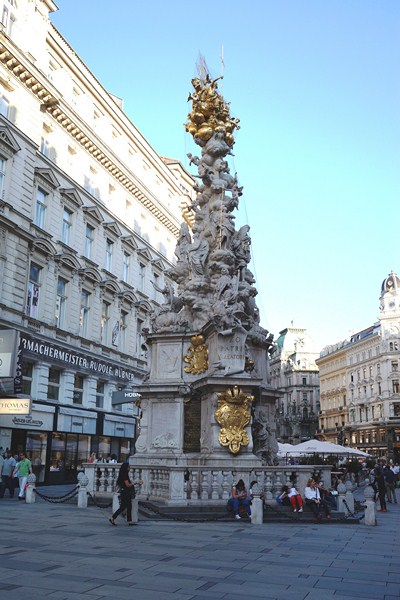
Plague Column (Petsaule). The column’s basic message is that the plague and the Ottomans’ Second Siege of Vienna (1683), both of them punishments for sin, were averted or defeated by the piety and intercession of the Emperor Leopold I.
The Plague Column (German: Pestsäule), or Trinity Column (German: Dreifaltigkeitssäule), a Baroque memorial, is one of the most well-known and prominent sculptural pieces of art in the city.This Holy Trinity column was erected by Emperor Leopold I following the Great Plague of Vienna in 1679.
Right next to Graben and just west of the Pestsäule is the Baroque-style Peterskirche (St. Peter’s Church) on Petersplatz, which is largely obscured by the surrounding buildings, and can only be seen clearly from directly in front.The street Jungferngasse cuts through the pedestrian zone and leads directly to the church.
Begun around 1701 under Gabriele Montani (replaced by Johann Lukas von Hildebrandt in 1703), the church was the first domed structure in Baroque Vienna and its design was inspired by the St. Peter’s Basilica of the Vatican in Rome. Francesco Martinelli was the main architect. It was finished in 1733 and consecrated to the Holy Trinity.
Two fountains are found on the Graben. Josefsbrunnen, the first fountain, in the southwest, has a statue of St. Joseph and was presumably built in 1561. The Löwenbrunnen (lion fountain), standing on the northwestern end of the Graben, has a statue of Leopold and is decorated with the four lion’s heads.
The two fountains were rebuilt, at the behest of Leopold I, with sculptures executed by the sculptor Johann Frühwirth and, later, replaced with lead figures by Johann Martin Fischer. Frühwirth’s statues have since been lost.
The side streets around Graben, including Dorotheergasse, Stallburggasse and Bräunerstrasse are brimming with boutiques selling Baroque armoires, renaissance chests, footwear, fine carpets, magnificent timepieces, paintings, court perfumery (Nägele & Strubell, etc.), porcelain (Augarten, etc.) and antique court jewelry (Heldwein, etc.).
Top international labels (Hermes, Mont Blanc, H&M, Escada, etc.) and high end retailers have also zeroed in on this exclusive shopping street.
Unlike other similar streets, shoppers can also take, between shopping trips, a quick respite at quite a number of high-end cafes (Segafredo, Hawelka, etc.) and restaurants (Julius Meinl, etc.).
Graben: Vienna, Austria. Shop opening hours: 10 AM – 7 PM, Mondays – Fridays; 10 AM – 6 PM, Saturdays. Some shops open already at 8 or 9 AM and start to close from 6 PM.
How to Get There:Metro U1 and U3 station Stephansplatz.

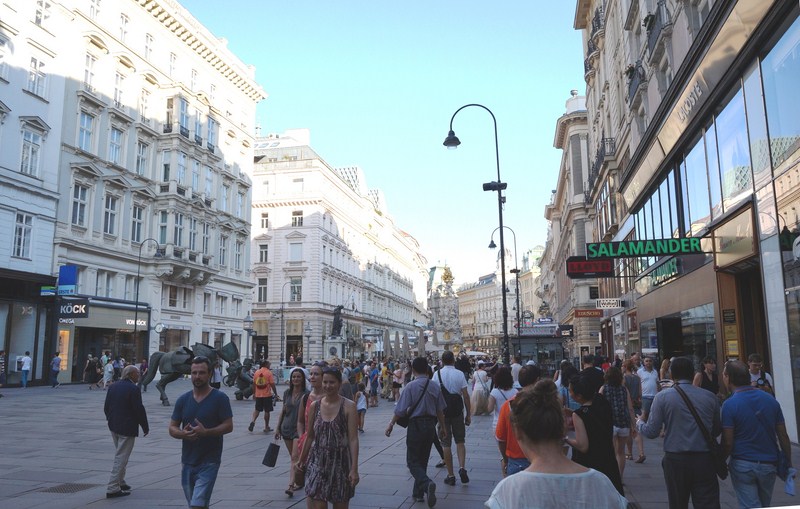
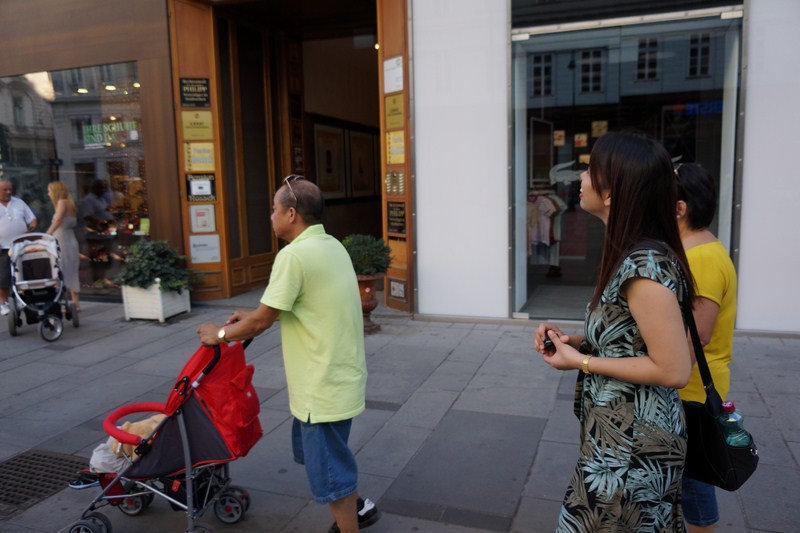
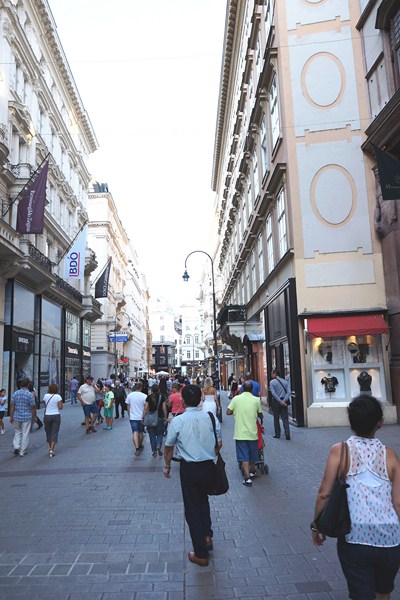
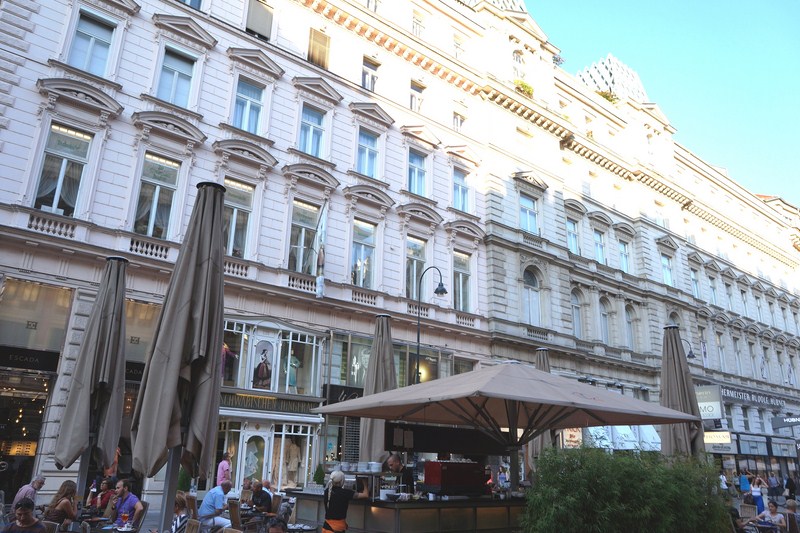
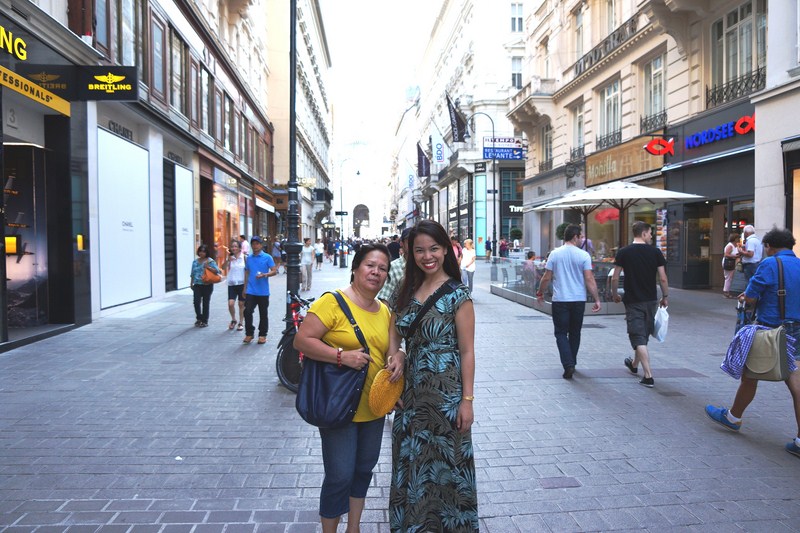
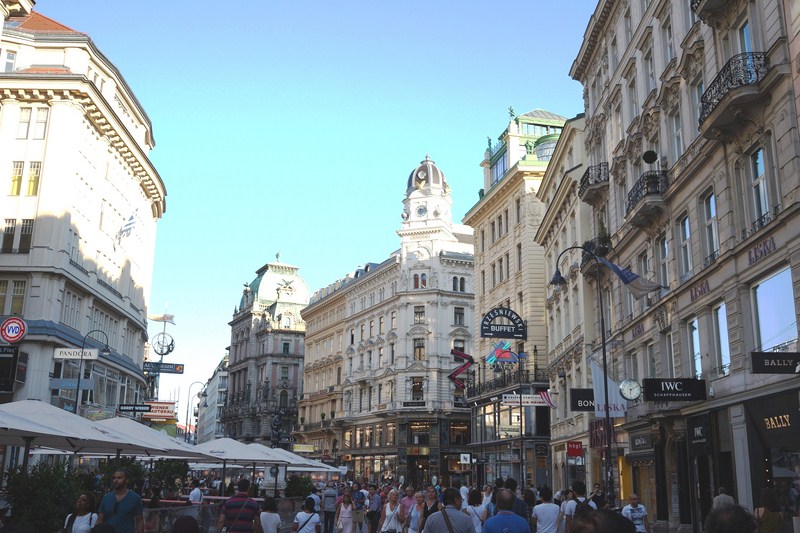
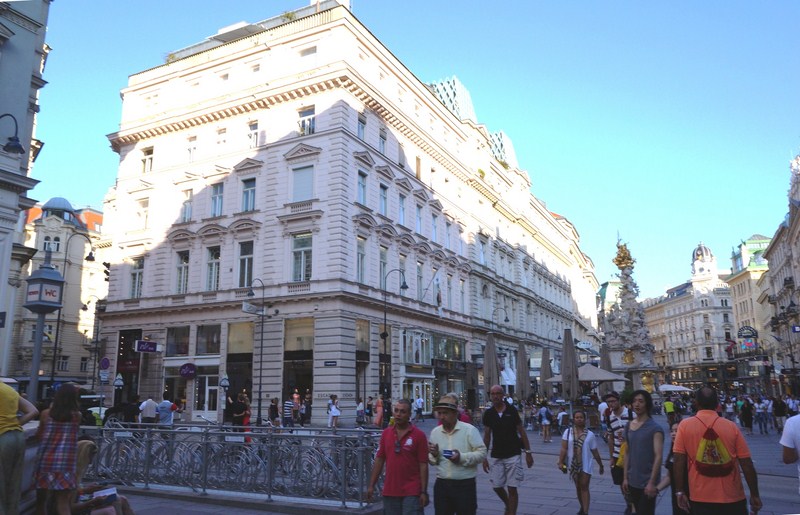
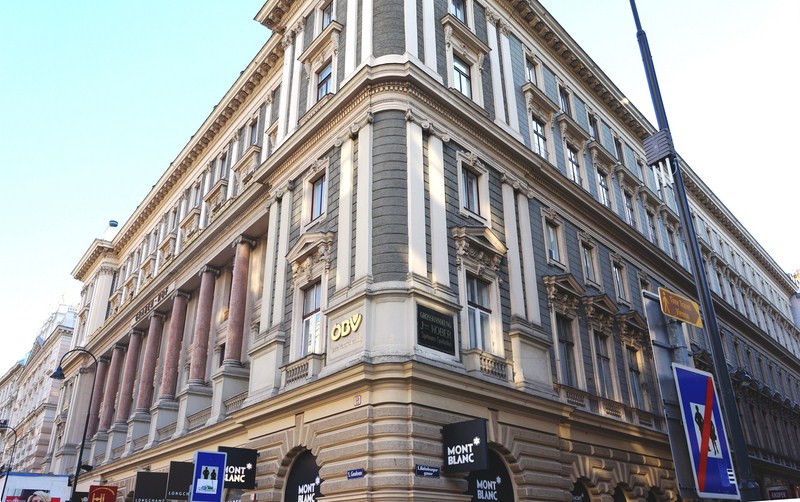
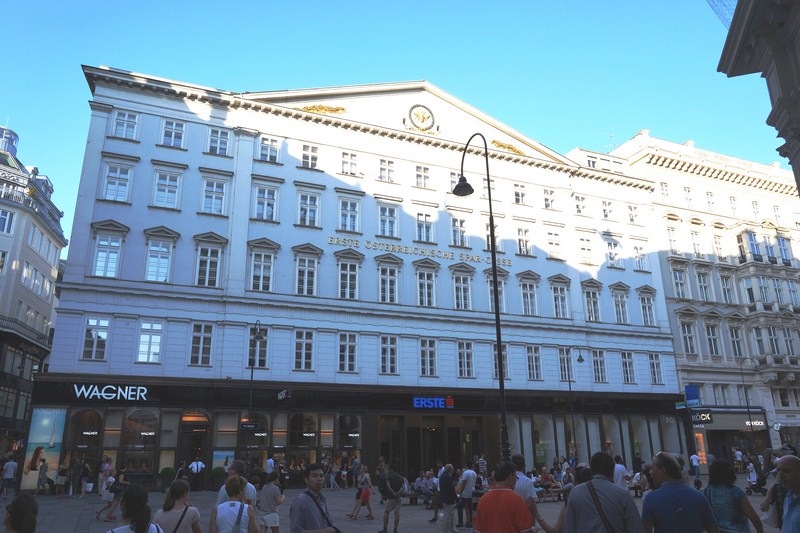
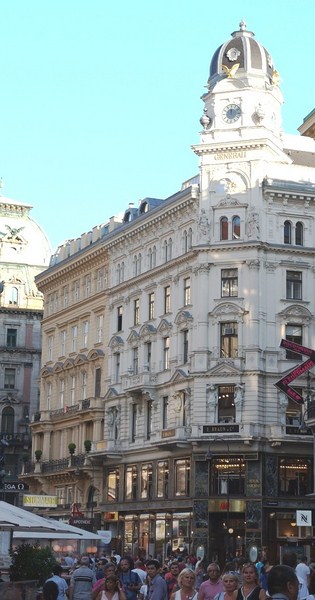
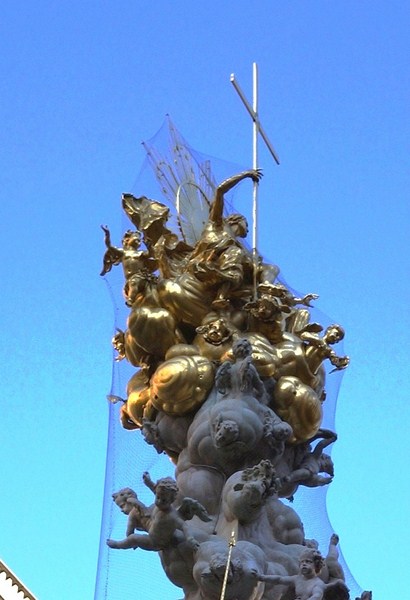
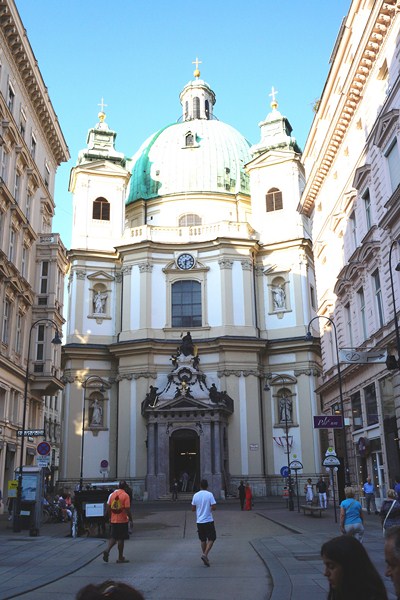
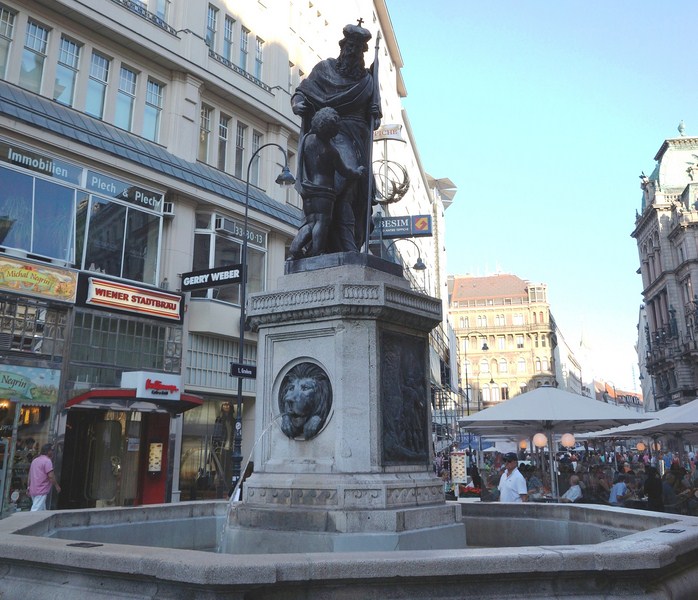
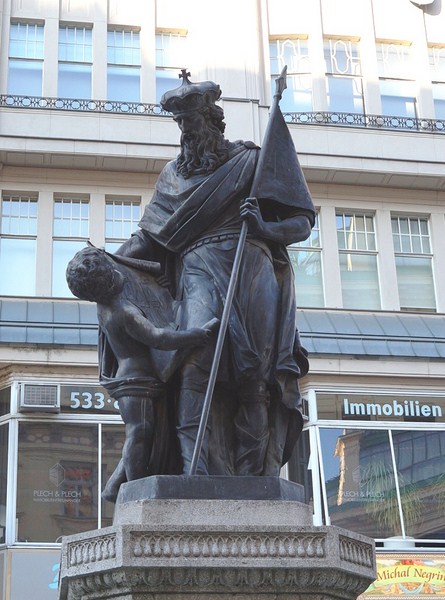
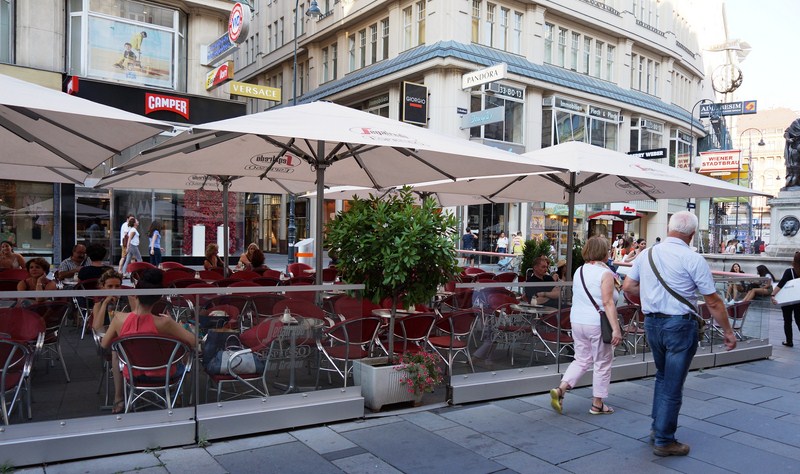
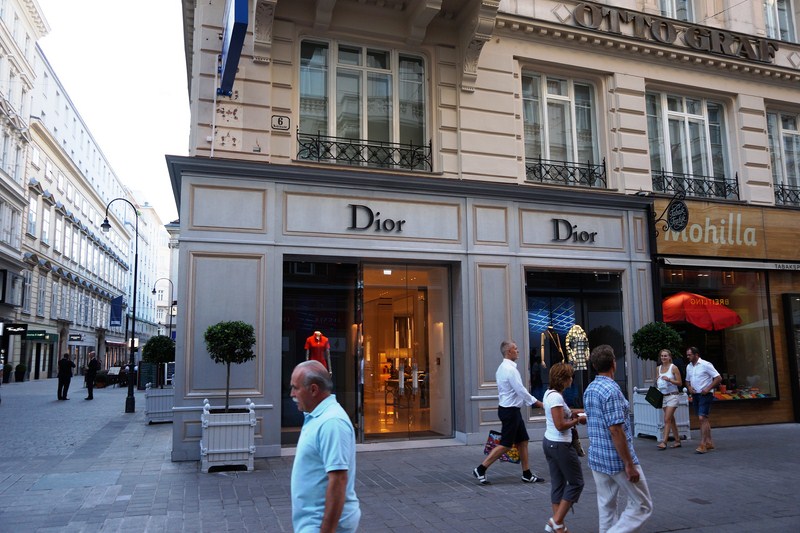

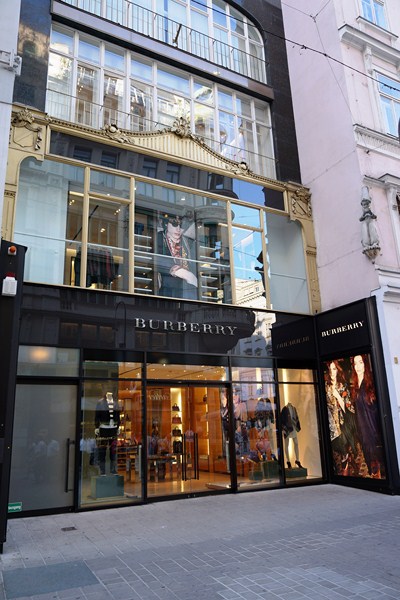
Do you have a picture of the end of Graben farthest from Stephensdom and closest to the U of Vienna. I lived on the third floor corner apartment overlooking the length of Graben in 1964 while attending summer German classes at the university. No doubt it has been converted into retail shops now. I am curious as to what it looks like today. Ich wuede meine Frage auf Deutsch schreiben, aber ich habe seitdem so viel vergessen und meine Wortschatz deswegen ist ganz klein. Danke.